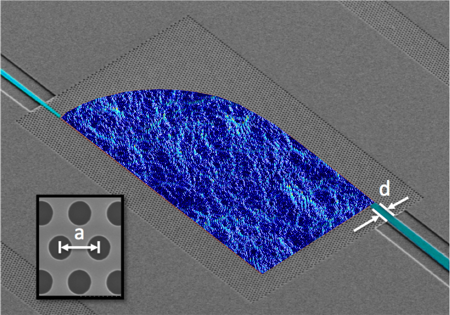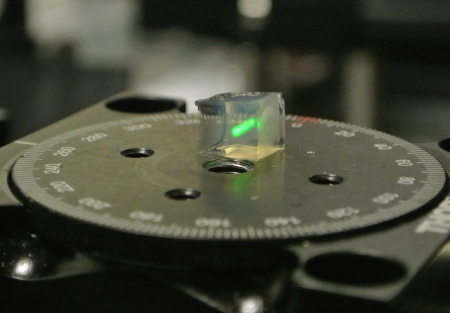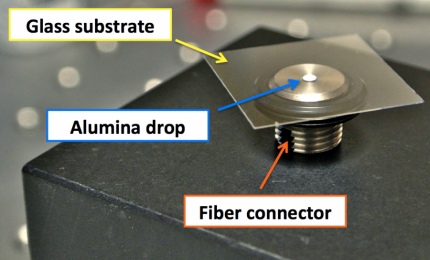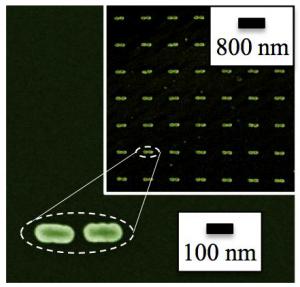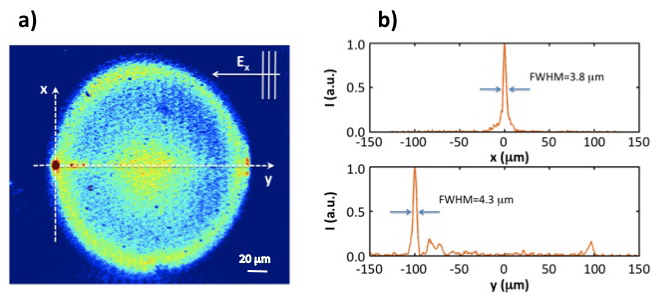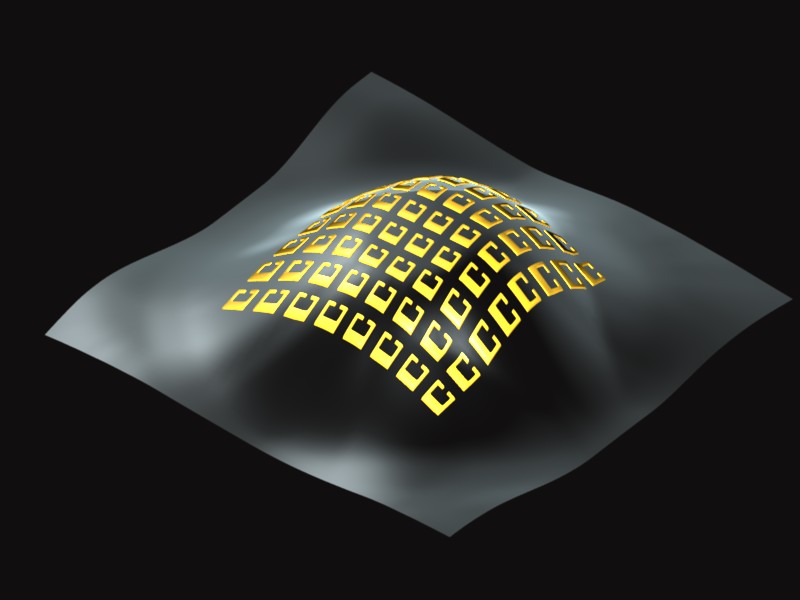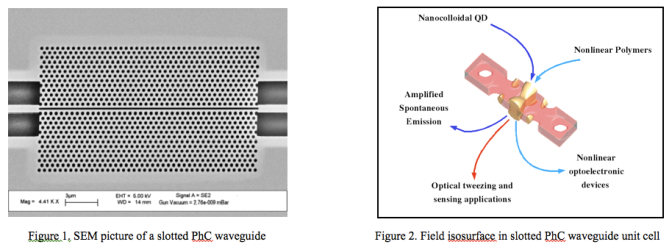Nanoplasmonic Filters for Hollow Core Photonic Crystal Fibres
Photonic crystal fibres are an essential tool in many experiments which require their sensing or highly non-linear properties. Using our ability to fabricate flexible plasmonic structures, we have been able to functionalise the facet of a hollow core photonic crystal fibre with a spectral filter. This brings the possibility to combine Lab-on-Fibre (LoF) technologies with photonic crystal fibres, expanding the available toolkit of LoF functions. Using a flexible plasmonic membrane allows the fibre to be given a function reversibly, and without having to directly write onto the fibre’s facet itself. Crucially this allows us to realise LoF on a hollow core photonic crystal fibre, which… Read More »Nanoplasmonic Filters for Hollow Core Photonic Crystal Fibres

